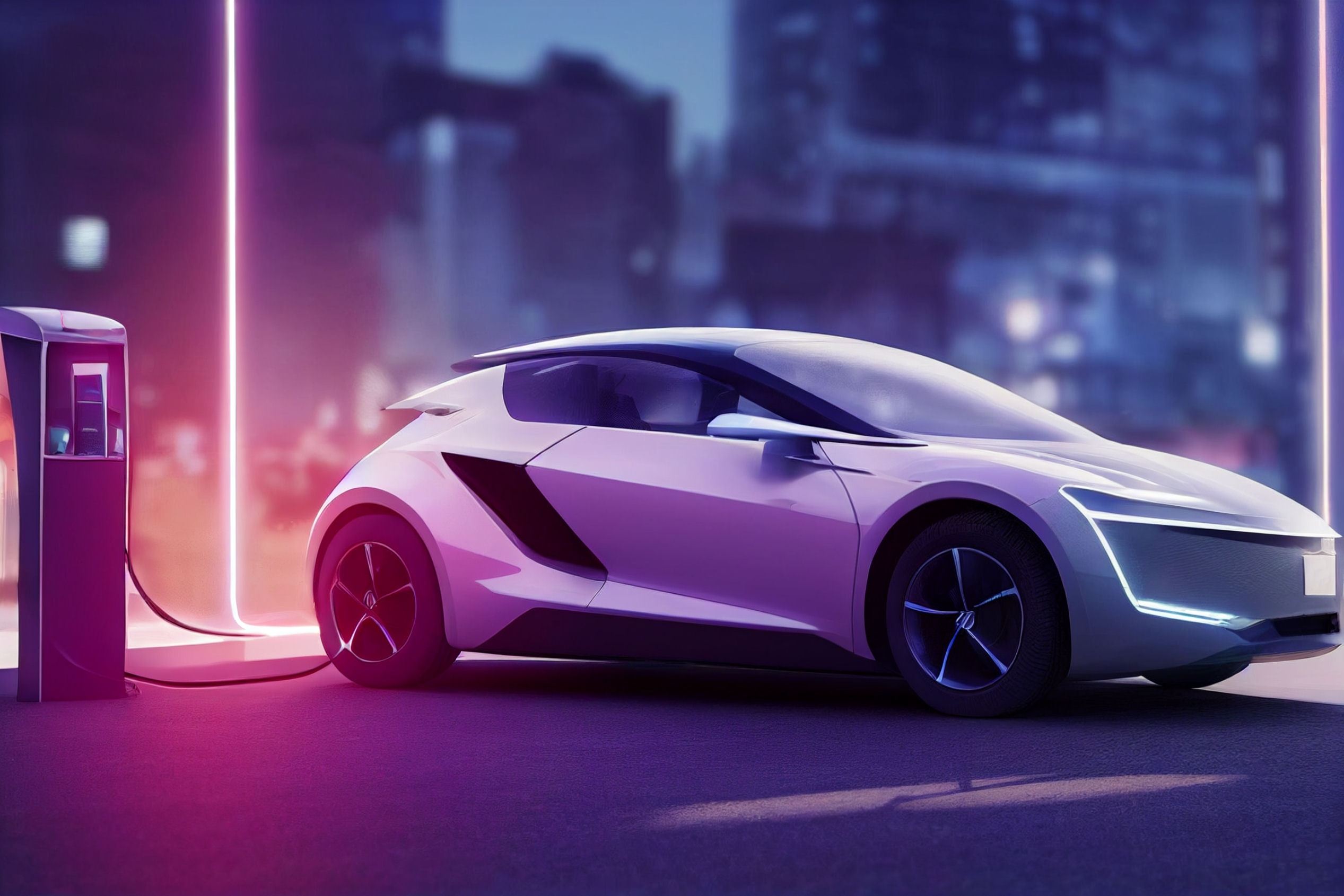Global Automotive Outlook for 2024

How emerging trends are bringing about transformative changes in the industry
Electric vehicles: In demand
According to GlobalData, the global electric vehicles (EVs) market will see a compound annual growth rate of 16.1% between 2023 and 2028, reaching 53.9 million units. This growth will be driven by both demand and supply factors, leading to increased sales of lower-emission vehicles worldwide.
Battery electric vehicle (BEV) production will overtake that of hybrids (HEVs) by the end of this period to become the leading electrified driving option on the market.
The global BEV landscape is becoming increasingly competitive as the supply chain bottleneck eases and the market becomes better supplied.
This year, the number of models available will rise from 552 to 635. China will face fierce competition as large global brands have ramped up local production to compete with the country’s 50-plus domestic players, such as BYD, SAIC and NIO. This has already led to price cuts in the market.
China dominance
China dominated global EV sales in 2023, including BEVs and plug-in hybrid EVs (PHEVs), accounting for 8 million units sold, or 59% of the worldwide total.
Its leading EV producer, BYD, sold 300,114 EVs in the first quarter of 2024, down from a record high of 526,409 units in the previous quarter. However, this still represented a 13.4% increase compared to the same period last year.
In 2023, Chinese brands represented 5.8% of the EV market in Europe. This percentage is expected to increase to 6.7% in 2024 and surpass 7.8% in 2025. This growth is attributed partially to the cost benefits Chinese brands enjoy due to their management of the supply chain and raw materials.
Autonomous vehicles
The Covid-19 pandemic initially halted many trials of autonomous vehicles (AVs). Although these trials have since resumed, the automotive industry’s recovery post-pandemic has been hindered by semiconductor shortages, slowing progress in autonomy development.
While setbacks are inevitable in the development of AVs, progress is being made incrementally.
Progress on Level 4 (L4) fully autonomous vehicles, with advanced sensors and powerful computing systems, is paving the way for the widespread integration of self-driving cars.
According to a McKinsey survey, L4 robotaxis will be commercially available by 2030. Fully autonomous trucking is anticipated to become viable between 2028 and 2031.
Google’s Waymo and General Motors-owned Cruise are conducting trials of L4 fully self-driving robotaxis in cities across America, showcasing advancements in autonomous vehicle technology and their potential impact on transportation.
Generative AI impact
According to Global Data, generative AI (GenAI) is projected to represent 10.2% of the total AI market by 2027.
In the automotive industry, GenAI will increasingly supplement conventional approaches to vehicle design, particularly in aiding the conceptualisation stage and fostering the development of design concepts by 2024.
AI is projected to significantly support autonomous vehicle (AV) development through simulation, sensor integration, system learning, and risk evaluation.
Moreover, AI’s capabilities are expected to be pivotal in harnessing extensive datasets collected by AV units, accumulating millions of miles of autonomous driving experience.
Additionally, navigation is one area of infotainment that is expected to utilise generative AI’s ability to process real-time variables, including live traffic, to create newly optimised routes.
AI’s role in monitoring vehicle systems and related networks will become crucial in identifying suspicious activity that could compromise vehicle security. There will be an increase in biometric authentication recognition being used for vehicle entry, which will be incorporated using AI to ensure that only authorised users can access or drive the vehicle.
Cost factors
In recent years, vehicle prices have risen unprecedentedly, with the US experiencing an increase from an average of $34,000 in 2019 to over $48,000 by November 2023.
Although prices stabilised in 2023, customers still face high costs. Similarly, consumers in mature markets such as Western Europe have also encountered elevated prices.
The scarcity of vehicle supply also affected the used car market, intensifying the shortage. Many people enrolled in new vehicle financing schemes chose to keep their current vehicles rather than deal with the challenges of finding another one at inflated prices.
However, the industry’s supply crisis is beginning to subside, diminishing some advantages for original equipment manufacturers. Competitive forces are expected to return to normal in 2024, leading to a decrease in pricing. This shift may bring about a broader range of vehicles within model line-ups rather than just higher specification ones as the underlying demand softens.
Looking ahead
In the past, the automotive sector faced challenges due to an insufficient supply of key components, notably semiconductors. This resulted in decreased vehicle production and impacted the overall market size.
Looking forward, as these constraints are alleviated, the strength of consumer demand and economic growth rates will drive market dynamics.



